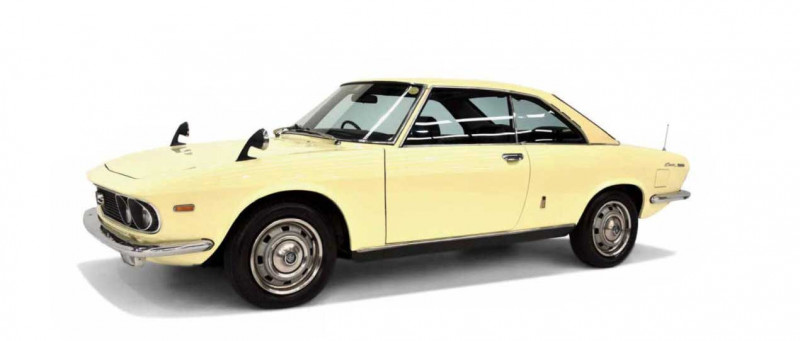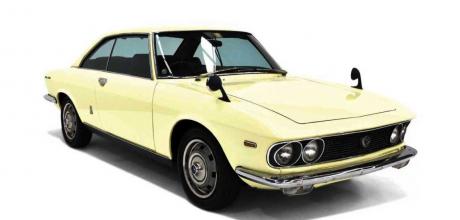1969 Mazda R130 Luce
Come in spinner. An oddball front-drive rotary always destined for orphanhood. Words Michael Stahl.
RETRO SERIES 1969 Mazda R130 Luce
It’s a story worth retelling, about how Mazda got to be so weird through the 1960s and ’70s – a whiff of which remains to this day. Being isolated in its rebuilt hometown of Hiroshima explains some of Mazda’s mentality, but in 1960 the maker of small trucks had only just launched its first passenger car, the tiny, rear-engined R360 Coupe, when government officials mooted a forced merger with Nissan and Toyota.

Mazda president Tsuneji Matsuda knew that independence meant having something unique to offer. In January of that year, a triangular-shaped saviour had appeared in the NSU-Wankel rotary engine. Matsuda inked a licence deal for the still-premature rotor-motor and in 1961, Mazda was approved to develop the engine – and its own passenger cars.
The rest of the decade suggests that Mazda hadn’t planned what to do next. By 1969 it had a rear-engined, two-cylinder small car (the Carol), a four-cylinder compact sedan, wagon and coupe (Familia), a Bertone-styled luxury sedan (the 1500/1800 Luce), two rotary-engined coupes (Cosmo 110S and R100) and – weirdest of all – a front-wheel drive, rotary-engined, Italo-Japanese-designed coupe, the R130 Luce.
First shown in 1967 as the RX-87 concept, the R130 Luce Coupe was destined to be an orphan. The RX-87 design is half-correctly credited to Giorgetto Giugiaro (then at Bertone), whose droopy ‘S8P’ four-door Mazda commission of 1964 had been masterfully reworked by Mazda in-house designer Tainanji Oda to produce the delicate, delightful 1500/1800 Luce in 1966.
The production R130 coupe, launched in 1969, varied little from the RX-87 show car. Oddly, against the tauter-bodied production Luce sedan, the Coupe retained more of the S8P’s shark-like shape – but here sporting only two, oddly stubby doors beneath a stretched, pillarless coupe roofline. Dubbed ‘Lord of the Road’, the Luce Coupe was unique among Mazdas in being front-drive and rotary-powered and the only recipient of the 1.3-litre, 13A engine. The brand-flagship Super Deluxe spec’s power steering, air-conditioning and semi-independent rear suspension further distinguished it from the rear-drive, 10A rotary-engined Cosmo 110S and boy-racer R100 coupe.
Expensive, and only ever offered in Japan, the R130 recorded just 976 sales in its three years of production. It was replaced in 1972 by the ponycar-style, rear-drive RX-4.
SEE THE LIGHT
The Luce (“loo-ché”, Italian for light, or illumination) was offered in two spec levels (Deluxe and Super Deluxe) and in only two body colours, white or yellow. Next to its rear-drive rotary sister coupes, the 1185kg Coupe’s fwd layout made for a more spacious touring cabin, behind an elegant ovoid dash with three inset dials and a wood-rimmed wheel. Power windows, air-con and an 8-track tape player (Google it, kids) were the last word in luxury.
ON HIGH ROTATION
The 1310cc 13A twin-rotor engine was compact and easy to access under the front-hinged bonnet. The rotors, with a 120mm radius and 17.5mm crankshaft offset, differed from every other Mazda rotary’s 105mm/15mm (with engine capacities being varied by rotor width). The 13A produced 94kW at 6000rpm and 172Nm at 3500rpm, driving via a four-speed floor-shift manual. Top speed was claimed at 190km/h and 0-100km/h acceleration in 8.3 seconds.
IN DETAIL
$100,000 16.9
SECONDS FOR THE
QUARTER-MILE
BALLPARK VALUE TODAY, IN OZ DOLLARS
EXAMPLES PRODUCED
FROM 1969-1972
LUCE COUPES BELIEVED TO
SURVIVE TODAY 967 200


